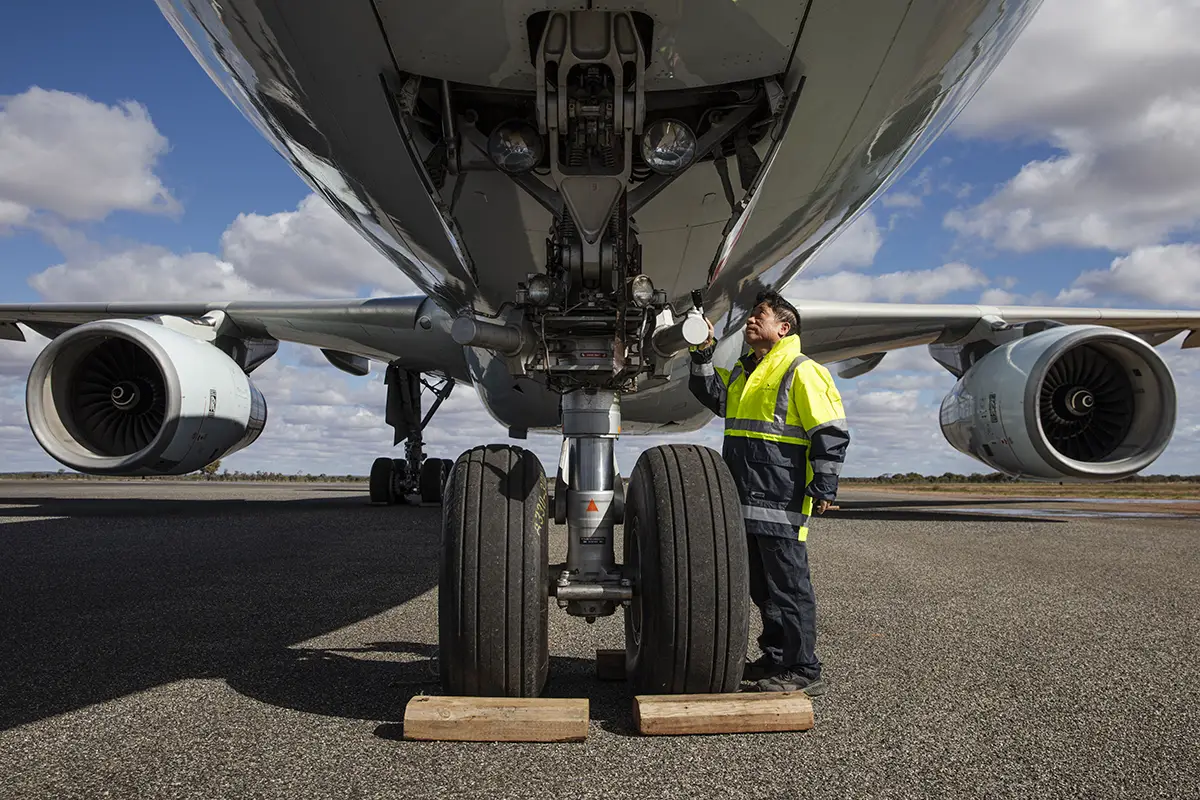Cathay Pacific Reactivates Last Aircraft Stored During Pandemic
The Cathay Group has reactivated the last aircraft stored abroad during the COVID-19 pandemic. After nearly four years in the Australian desert, the Airbus A330-300, registration B-HLV, has returned to Hong Kong, where it will undergo a thorough maintenance review.
This Airbus A330-300 was the first Cathay Group plane stored abroad on July 28, 2020.

Due to the COVID-19 outbreak, Cathay Pacific and HK Express had to store most of their passenger fleet at Hong Kong International Airport (HKG), Alice Springs (ASP) in Australia, and Ciudad Real (CQM) in Spain.
As the aviation market began to recover, the Cathay Group started progressively reactivating these aircraft, involving rigorous checks and maintenance inspections to ensure safety and performance.
Alex McGowan, Director of Operations and Service Delivery, stated, «Parking and reactivating so many aircraft is a once-in-a-lifetime endeavor, with a scale and complexity never seen before at Cathay.»
«It takes an incredible amount of work to keep an aircraft safe and protected when it’s not flying, and to reactivate it for regular service. Doing this with over 85 aircraft parked long-term overseas, as well as managing the large number of aircraft parked in Hong Kong, is a phenomenal achievement,» McGowan added.

Upon arriving in Hong Kong, all aircraft stored in Alice Springs underwent a 14-day preservation review, followed by a series of periodic inspections and checks.
Throughout the parking program in Alice Springs, more than 16,000 periodic inspections were conducted, totaling 800,000 labor hours in conservation and reactivation maintenance.
Bob Taylor, General Manager of Engineering Operations, noted, «An aircraft in long-term parking requires a defined program of maintenance checks and inspections repeated over a regular cycle to ensure its preservation in optimal conditions.»
«When reactivating the aircraft, a series of rigorous checks and inspections must first be performed to ensure it is safe to transport back from its overseas parking location. Then, the aircraft undergoes another series of detailed checks and inspections as part of its scheduled maintenance review in the hangar,» Taylor added.
Additionally, more than 40,000 parts and specialized equipment were sent from Hong Kong to support operations in Alice Springs. The Cathay Group quality control team also conducted over 2,000 audits.

The preservation of the aircraft stored for four years was made possible thanks to the joint collaboration between the Cathay Group, Hong Kong Aircraft Engineering Company (HAECO), Boeing, and Airbus.
Cathay Pacific also received support from Alice Springs-based provider Asia Pacific Aircraft Storage (APAS).
The current fleet of the Cathay Group includes 211 passenger aircraft, excluding the cargo fleet, which was crucial for logistics and cargo transport during the COVID-19 pandemic.
Cathay Pacific Fleet
- 12 Airbus A321 neo
- 43 Airbus A330-300
- 30 Airbus A350-900
- 18 Airbus A350-1000
- 17 Boeing 777-300
- 37 Boeing 777-300ER
HK Express Fleet
- 6 Airbus A320 ceo
- 10 Airbus A320 neo (6 stored due to PW engine issues)
- 13 Airbus A321 ceo
- 5 Airbus A321 neo

/https://aviacionlinecdn.eleco.com.ar/media/2024/06/TheCathayGroupwelcomesbackitslastaircraftfromlong-termoverseasparking.webp)
Para comentar, debés estar registradoPor favor, iniciá sesión